PART V. Planchet Errors:
Improper Alloy Mix
Definition: The term “improper alloy mix” can apply to two related errors. The constituent metals of a solid-alloy coin can be well-mixed but in the wrong proportions. In the case of a copper-alloy cent with too much tin or zinc, this will result in a brassy color. Alternatively, the constituent metals can be in the right proportions but poorly mixed. This will leave the coin with light and dark bands. Of course, the two mistakes can occur together.
The most extreme improper alloy mix errors are those in which the minor metallic element isn’t mixed in at all. This would be a type of “intrinsic metallic inclusion”.
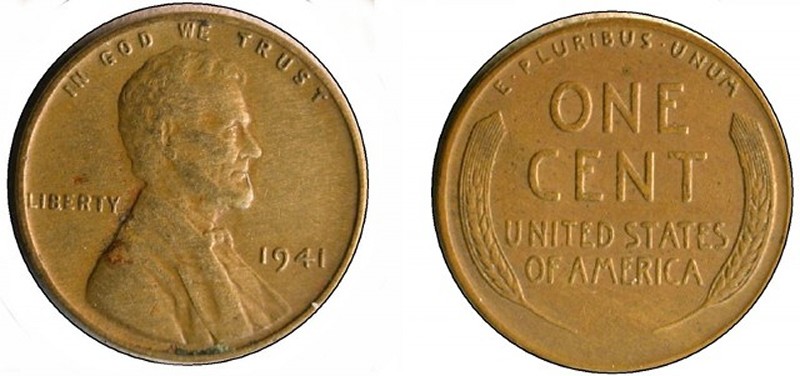
This 1941 cent has a brassy color and consists of 86% copper, 11% zinc, and 3% tin. A normal copper-alloy cent
of this period is 95% copper, with the remaining 5% tin and zinc. The component metals are relatively well-mixed. This coin is also significantly overweight at 3.40 grams. So it combines an improper alloy mix error with a rolled-thick error.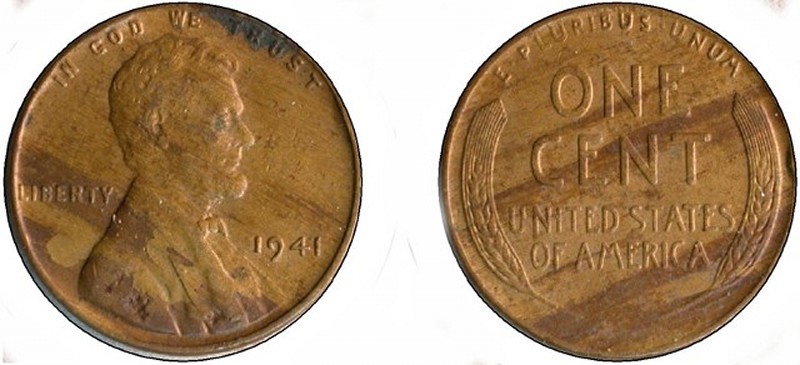
Light and dark bands on this 1941 cent indicate poorly-mixed constituent metals. The lighter bands are enriched in zinc, tin, or both.
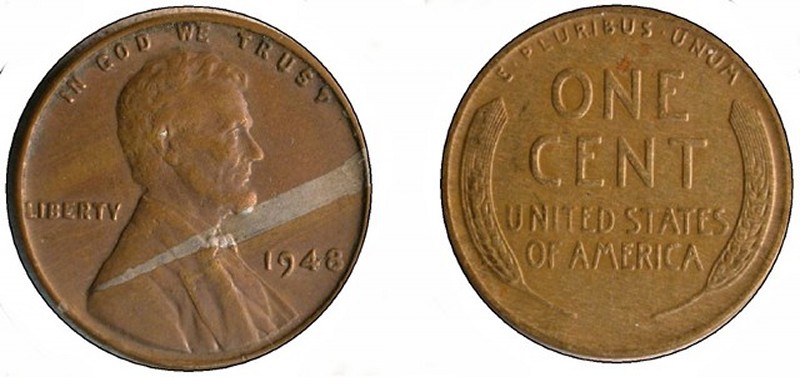
An unmixed globule of tin or zinc is responsible for the gray band that crosses the obverse face of this 1948 cent. This is an intrinsic metallic inclusion.
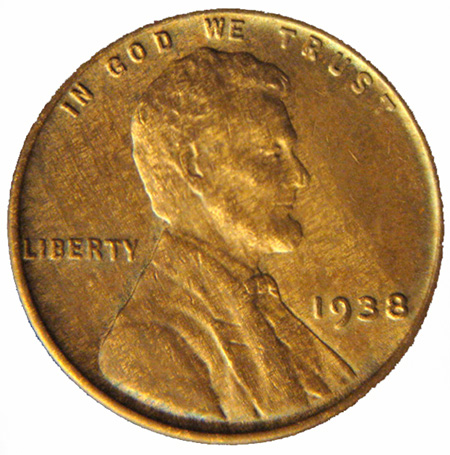
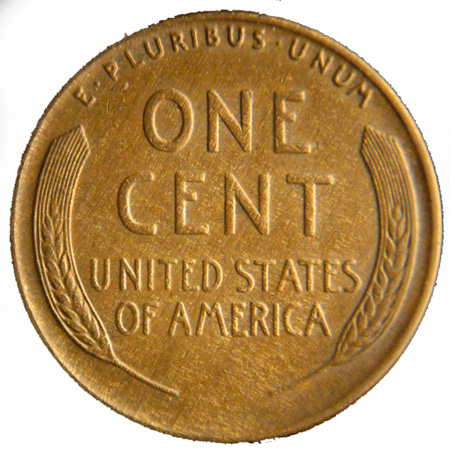
The 1938 (P) Lincoln cent shown above has a poorly blended mixture of copper, tin, and zinc. This has resulted in mottled bands of discoloration on both the obverse and reverse of the coin.
A poorly mixed alloy can result in alternating light and dark streaks. This is often referred to as a “wood grain” pattern, and the coins themselves as “woodies”.
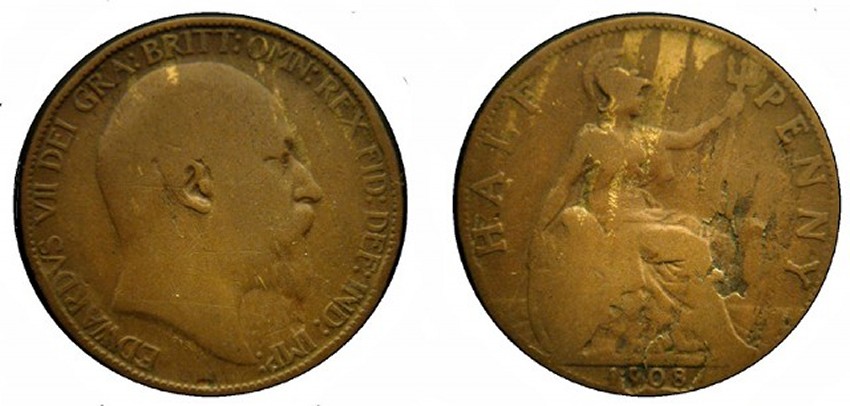
The 1908 British half penny shown above has lamination errors and a poorly mixed alloy. The lighter-colored material seen on both the obverse and reverse of the coin is presumably enriched in tin. This poor alloy mix may have contributed to the lamination peels.